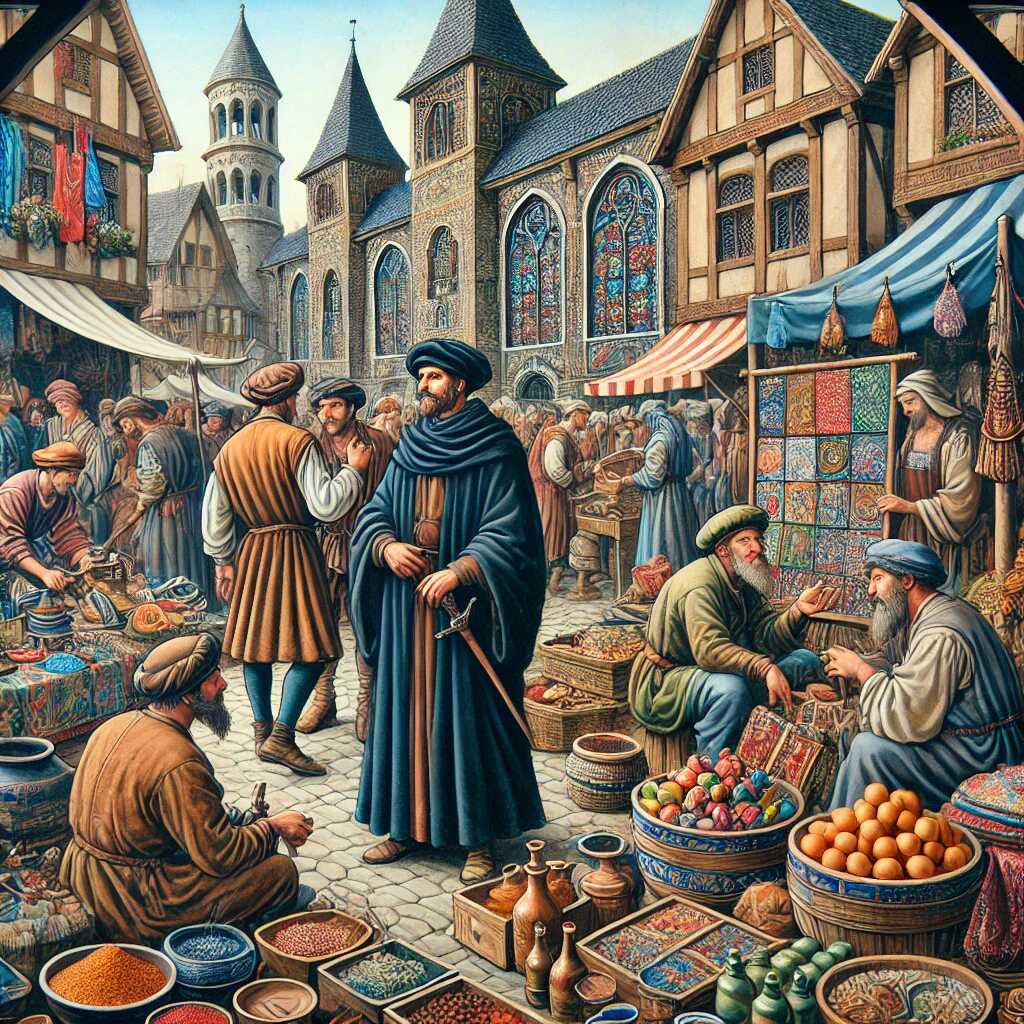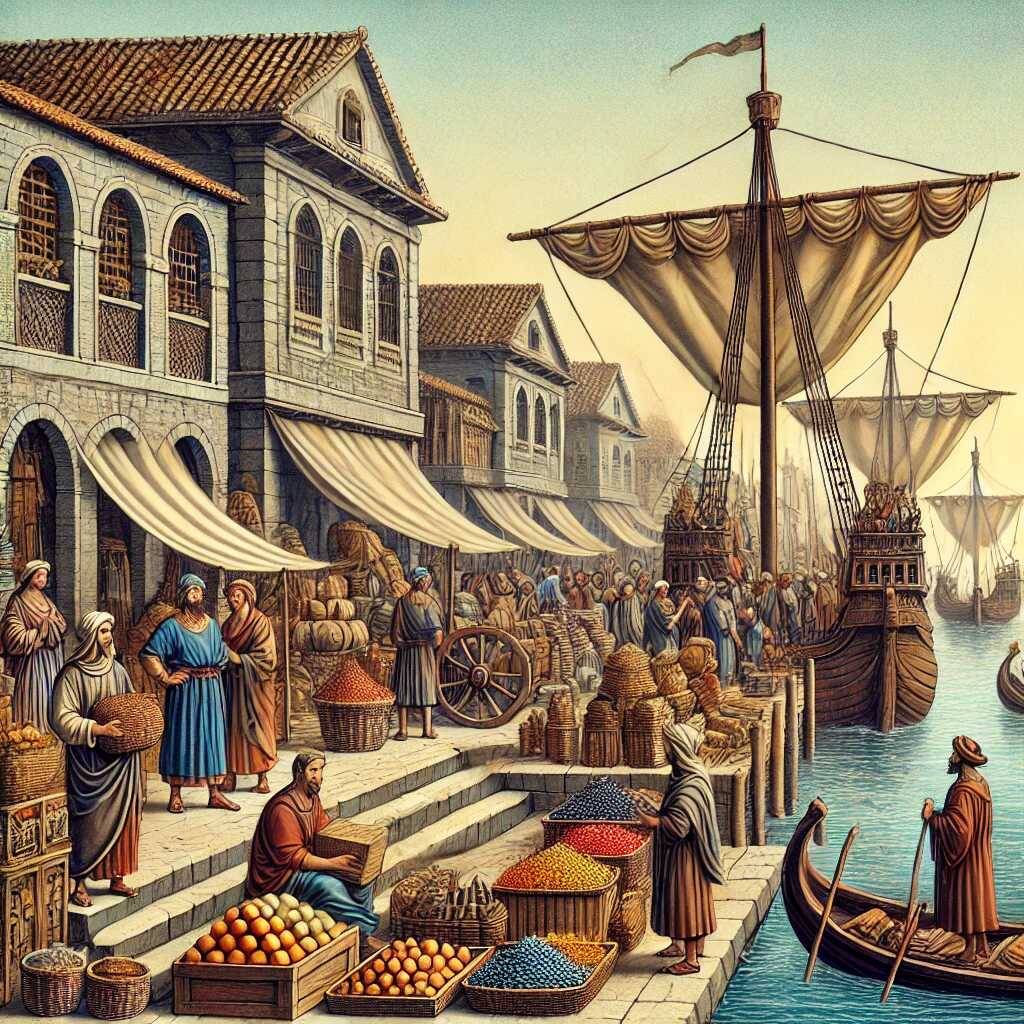
Tales of Medieval merchants: Traders of wealth and wonder

Medieval merchants were the lifeblood of the economy, bridging distant lands and cultures through their trade routes and adventurous journeys. Their stories are filled with ambition, danger, and discovery, as they ventured into unknown territories, faced perilous conditions, and dealt with the complexities of medieval markets. These traders not only shaped the economic landscape but also acted as conduits for cultural exchange, bringing back goods, knowledge, and ideas that transformed societies.
The rise of Medieval trade
During the early Middle Ages, trade was largely localized, centered around self-sufficient manors and regional markets. However, as cities began to grow and Europe entered the High Middle Ages, merchants became increasingly influential. The reopening of trade routes, especially after the Crusades, connected Europe with the Middle East, North Africa, and Asia, enabling the exchange of luxury goods such as spices, silks, and precious metals.
Key trading centers like Venice, Genoa, and Bruges flourished, becoming hubs of commerce where merchants could access goods from the Silk Road, the spice routes, and the Mediterranean.
Merchant journeys and challenges
Medieval merchants often embarked on arduous journeys to acquire and transport their goods. They traveled along land routes such as the Silk Road, navigating deserts, mountains, and hostile territories, or by sea, braving storms, pirates, and shipwrecks. Their ventures were fraught with risk but offered the potential for immense profit.
Merchants like Marco Polo became legendary for their tales of distant lands. Polo's journey to China introduced Europeans to the wonders of the Mongol Empire and the court of Kublai Khan. Similarly, Arabic merchants played a crucial role in connecting the Islamic world to Europe, Africa, and Asia, exchanging textiles, ivory, and knowledge.
Merchant guilds and economic power

The growing influence of merchants led to the formation of powerful guilds. These organizations regulated trade, set quality standards, and protected members' interests. Guilds like the Hanseatic League controlled trade in the Baltic and North Seas, establishing monopolies and ensuring the safety of their trade routes.
Merchant families such as the Medici in Florence rose to immense wealth and power, influencing politics, art, and finance. Their patronage funded the Renaissance, showcasing the far-reaching impact of medieval trade.
Cultural exchange and transformation
Merchants were not just traders of goods but also carriers of culture. They introduced Europe to innovations such as Arabic numerals, Chinese porcelain, and Indian spices, revolutionizing everyday life. Their interactions with diverse peoples enriched European cuisine, fashion, and technology, fostering a more interconnected world.
The human stories behind the trade
Beneath the wealth and grandeur of medieval trade lay personal stories of ambition, resilience, and adaptability. Merchants had to navigate not only physical dangers but also complex social dynamics. Many were immigrants or members of minority communities, such as Jewish and Muslim traders, who faced prejudice yet thrived in their roles as indispensable intermediaries.
Women also played a significant role, often running businesses in their husbands' absence or managing local markets. Their contributions, though often overlooked, were vital to the success of medieval commerce.
The tales of medieval merchants remind us of the enduring spirit of exploration and enterprise. Their efforts laid the groundwork for modern capitalism, global trade, and cultural exchange. From bustling market squares to distant trade routes, their legacy is etched into the fabric of history, demonstrating the transformative power of commerce.


